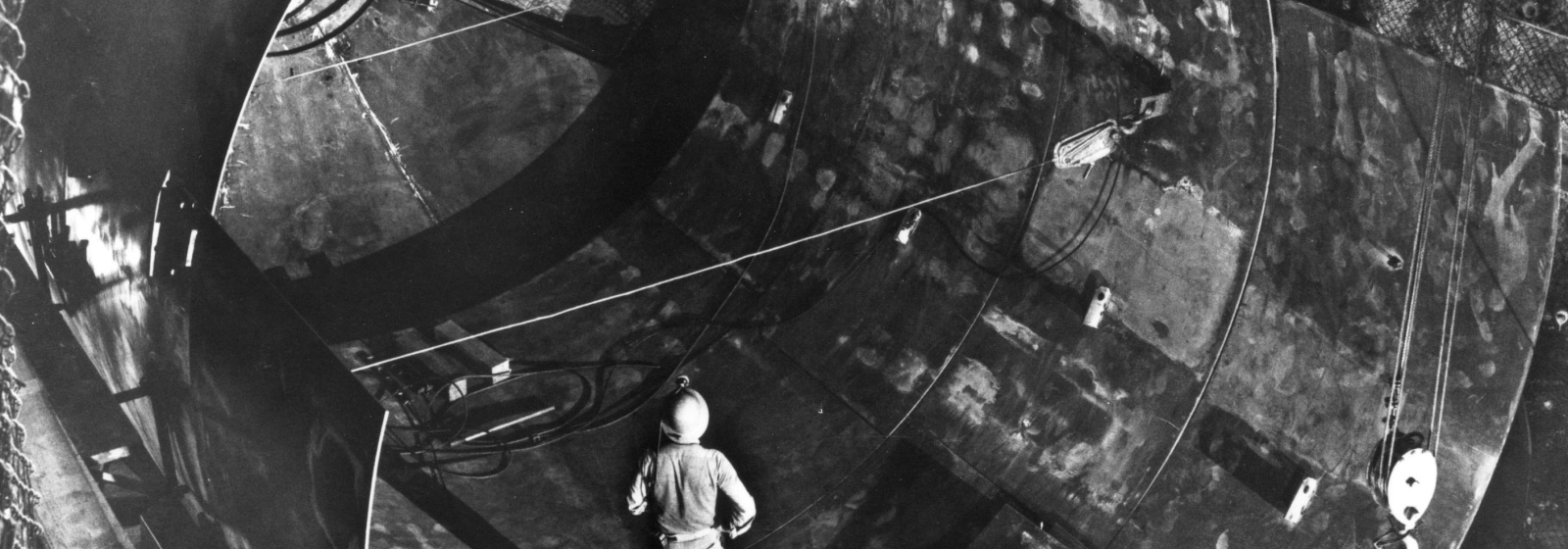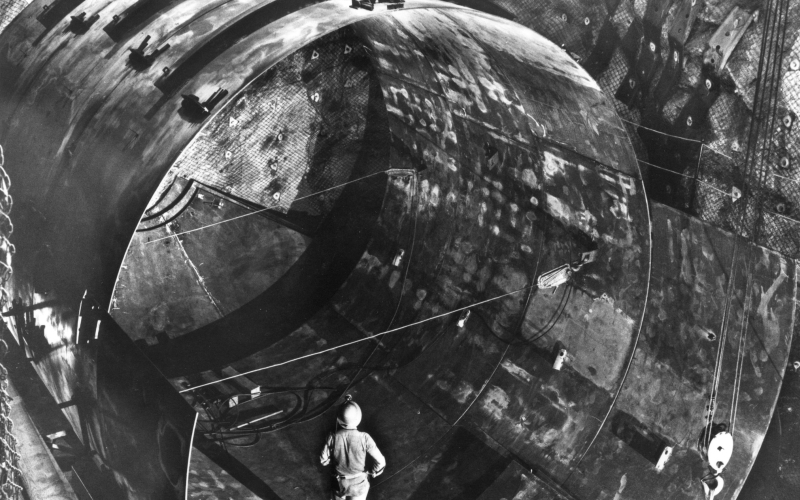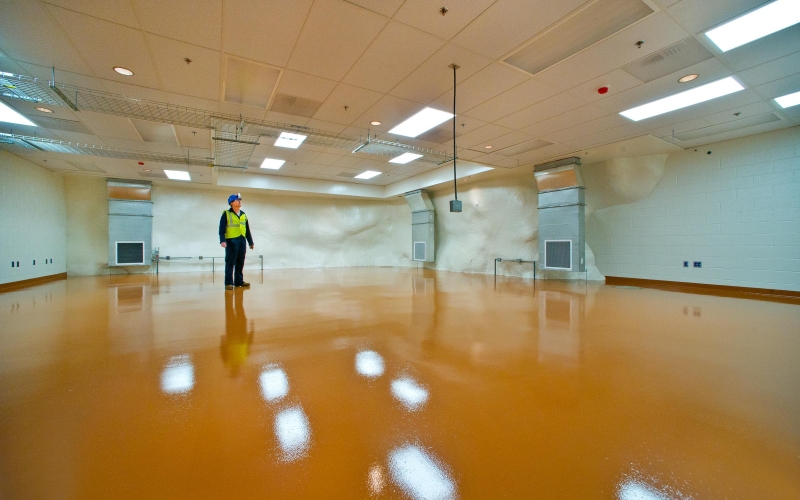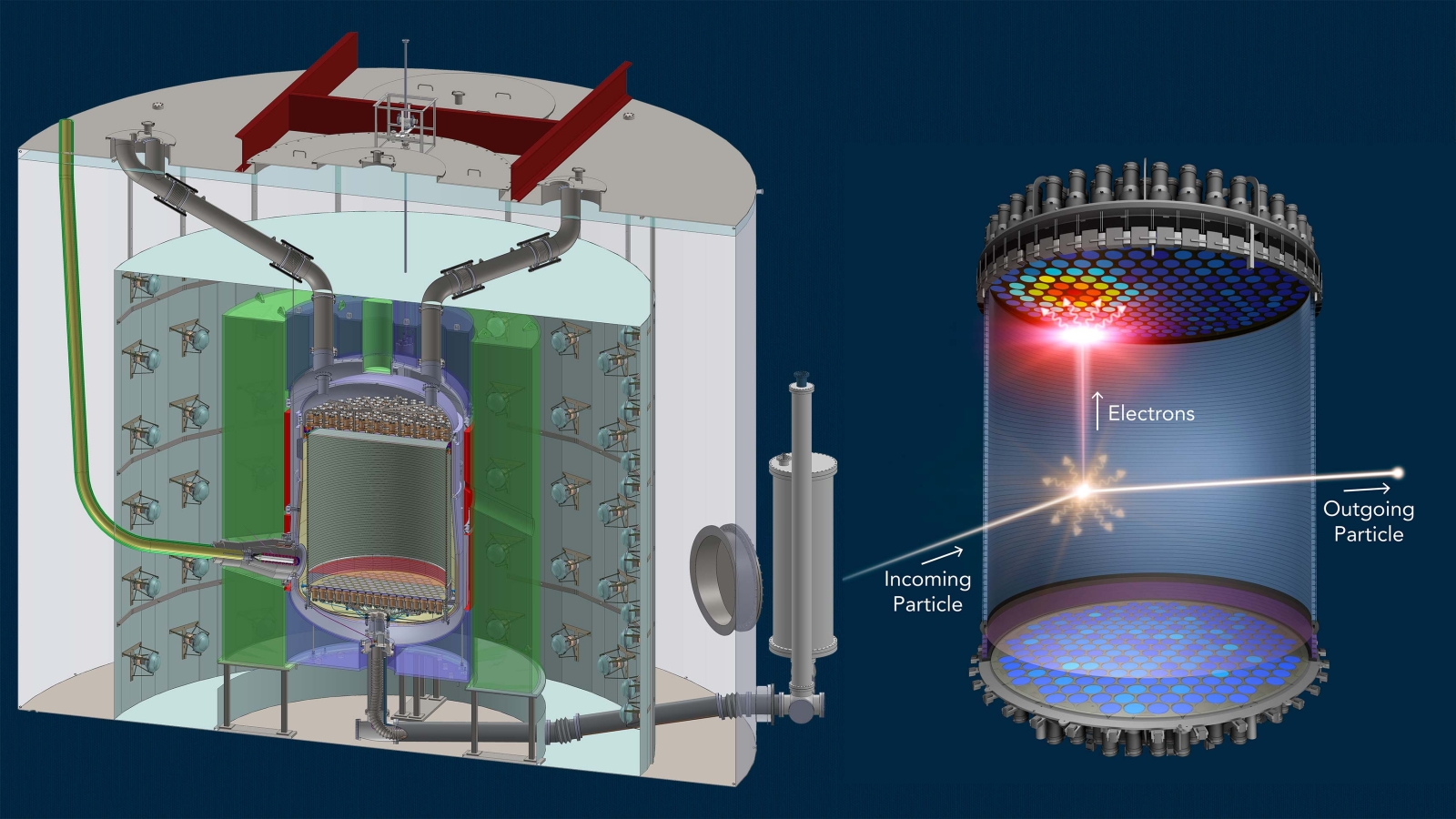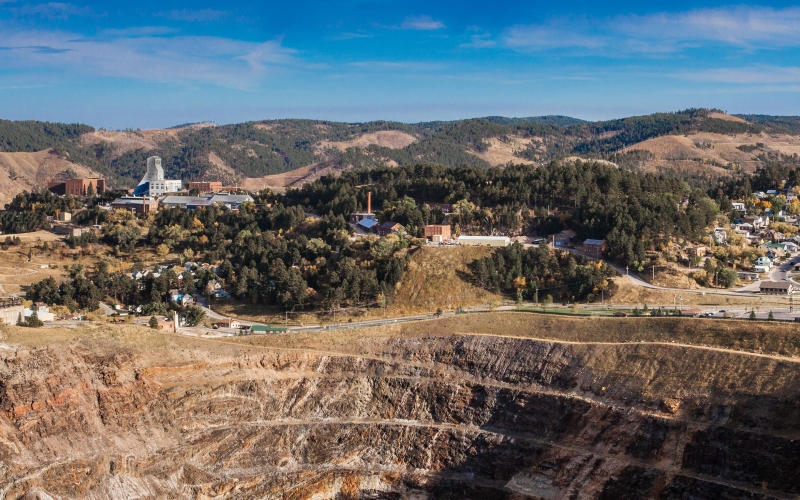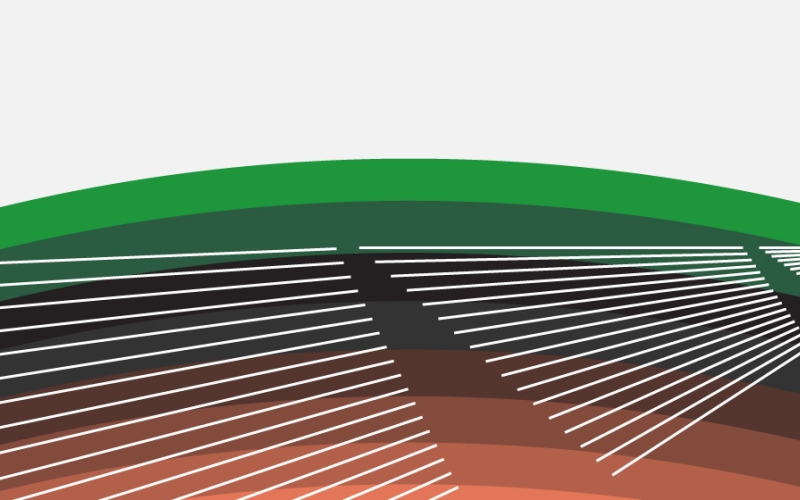The Sanford Underground Research Facility (SURF) houses world-leading physics experiments that could give us a better understanding of the universe. Located at the former Homestake Gold Mine in Lead, South Dakota, SURF provides significant depth and rock stability—a near-perfect environment for experiments that need to escape the constant bombardment of cosmic radiation, which can interfere with the detection of rare physics events. The facility also hosts experiments in biology, geology and engineering. Until its closure in 2002, Homestake was the largest and deepest gold mine in North America, producing approximately 41 million ounces of gold in its 126-year lifetime.
When the Homestake Mine closed in 2002, the National Science Foundation (NSF) was considering the facility for a possible future sight of the Deep Underground Science and Engineering Laboratory (DUSEL). Barrick Gold Corporation agreed to keep the pumps running while discussions about the facility's future as a research facility were underway. However, soaring costs caused the company to turn off the pumps just one year later.
In October 2013, after an initial run of 80 days, LUX was determined to be the most sensitive dark matter detector in the world. Further analysis confirmed that result in 2016, the same year the experiment was decommissioned. The second-generation dark matter detector, LUX-ZEPLIN (LZ) began operating in 2021 and became the world's most sensitive dark matter detector with the announcement of first results on July 7, 2022.
Since 2013, the Majorana Demonstrator has been searching for a rare type of radioactive decay called neutrinoless double-beta decay, which requires extreme quiet. If this phenomenon were detected, it could confirm that neutrinos are their own antiparticles and provide clues as to why matter prevailed over antimatter. In a study published in 2018, Physical Review Letters, the Majorana collaboration showed they can shield a sensitive, scalable, 44-kilogram germanium detector array from background radioactivity. Now, the collaboration is joining another germanium experiment to create a larger experiment with greater sensitivity.
From the beginning, SURF has hosted biology experiments that bring scientists from the Astrobiology Institute, Desert Research Institute and several regional and international universities, all with the goal of better understanding extreme lifeforms. In 2015, other projects and physics experiments began moving to the 4850 Level, including CASPAR, a low-compact accelerator that seeks to learn how elements heavier than iron were formed in collapsing stars.
Excavation for the Long-Baseline Neutrino Facility and Deep Underground Neutrino Experiment (LBNF/DUNE) began in 2019 currently under construction on the 4850 Level. More than 800,000 tons of rock will be removed, will be conveyed to the surface and transported to the Open Cut, using a rock conveyor system. LZ is being installed in the Davis Cavern and is expected to be operational in 2021.
